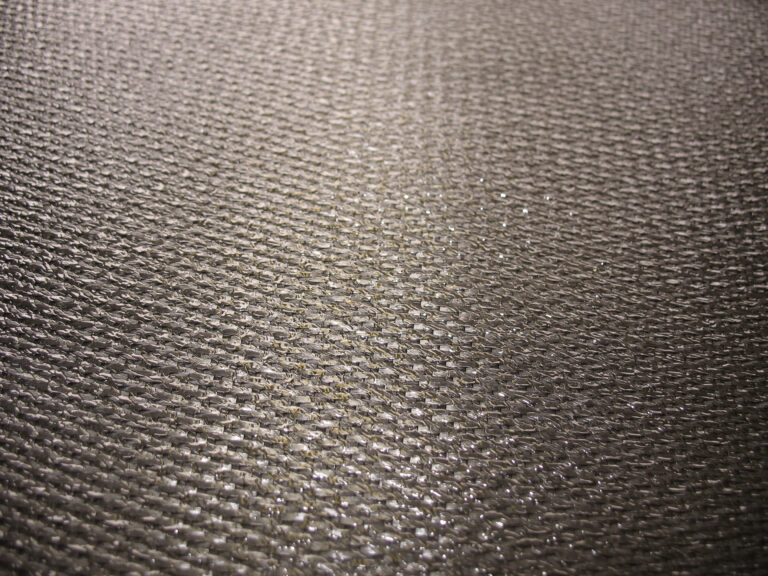Is Mold Making You Sick? The Surprising Link Between Indoor Air Quality and Chronic Illness
Mold is a type of fungus that grows in damp, dark places. It can be found both indoors and outdoors, and it’s everywhere around us. While mold is not always harmful, exposure to certain types of mold can cause health problems for some people. In this article, we will explore the link between mold and chronic illnesses, including symptoms, hidden dangers, testing methods, and steps you can take to improve your indoor air quality.
Introduction: What is Mold and How Does it Affect Your Health
Molds are microscopic organisms that thrive on moist surfaces such as walls, ceilings, flooring, carpets, furniture, and even clothing. When they grow, they release spores into the air which can be inhaled by humans or animals. Some people may develop an allergic reaction to these spores while others may experience respiratory problems due to their immune system being compromised. Exposure to high levels of mold can lead to serious health issues like lung damage, neurological disorders, skin rashes, and other chronic conditions.
Symptoms of Mold Exposure and Chronic Illnesses
The symptoms of mold exposure vary depending on the individual and the amount of mold present. Common signs include coughing, sneezing, runny nose, eye irritation, fatigue, headaches, difficulty breathing, sinus congestion, and asthma attacks. People with weakened immune systems or pre-existing medical conditions such as allergies, autoimmune diseases, and respiratory problems are more susceptible to developing severe reactions from mold exposure. Chronic exposure to mold has been linked to chronic illnesses such as fibromyalgia, chronic fatigue syndrome, multiple chemical sensitivity, and inflammatory responses.
The Hidden Dangers of Mold in Your Home or Workplace
Most people don’t realize how much mold could be lurking behind closed doors or under floorboards. Mold loves warm, humid environments and can grow undetected in areas where there is little ventilation or sunlight. Common hiding places for mold include basements, attics, bathrooms, kitchens, and laundry rooms. If left unchecked, mold can spread throughout a building and contaminate everything in its path. It can also penetrate porous materials like drywall, insulation, and wood causing structural damage over time.
Testing for Mold and Improving Indoor Air Quality
If you suspect that mold is present in your home or workplace, it’s essential to have it tested by a professional. There are several ways to test for mold including surface swabs, air samples, and bulk sampling. Once identified, the source of the mold should be removed immediately along with any affected items. To prevent future growth, you must address the underlying causes of excess moisture such as leaks, condensation, or poor ventilation. Improving indoor air quality involves reducing sources of pollutants, increasing ventilation rates, using exhaust fans, and maintaining proper temperature and humidity levels.

Conclusion: Taking Action Against Mold-Related Health Issues
Exposure to mold can have significant negative impacts on your health, but taking action against it can help alleviate symptoms and reduce the risk of long-term complications. By identifying potential sources of mold, improving indoor air quality, and seeking medical attention when necessary, you can protect yourself and those around you from the adverse effects of mold exposure.





